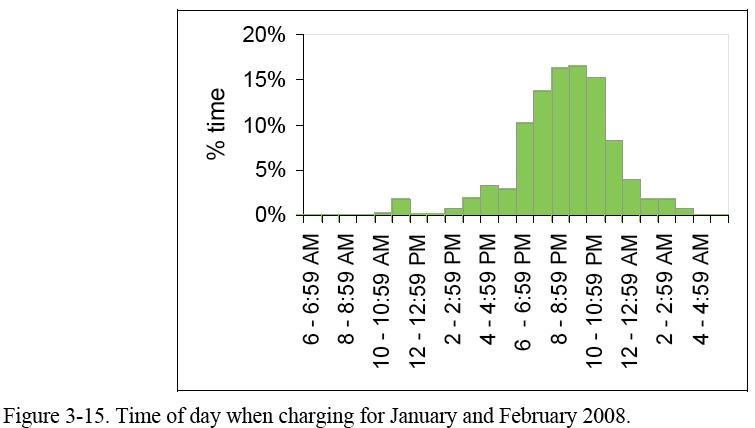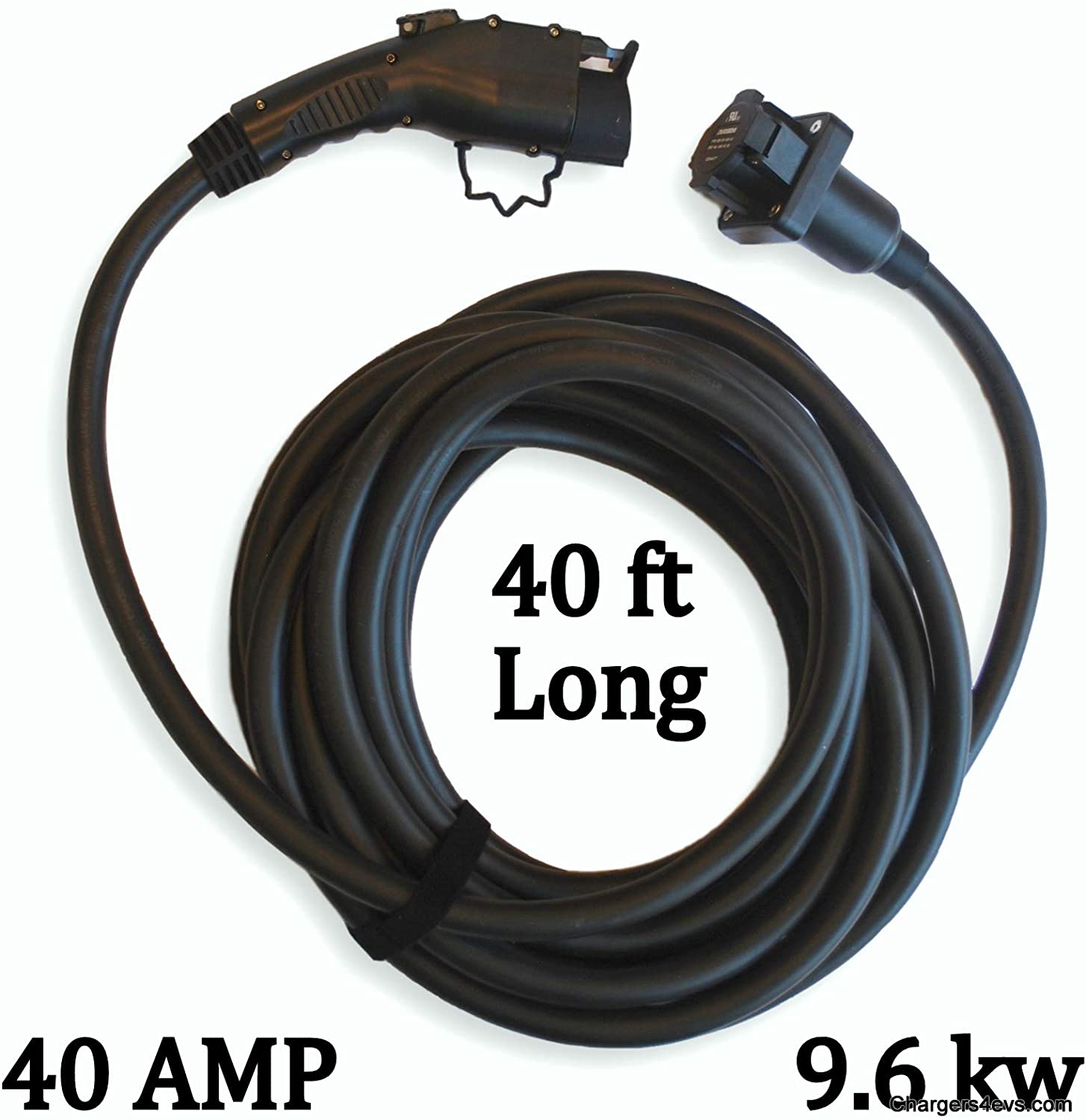Last Update: 2021-01-03T23:53:32.445Z
All vehicles have to be “charged” for them to move. Your gasoline car doesn’t move without gasoline, etc, however issues with charging electric vehicles are portrayed with alarming phrases like “range anxiety” and questions about where we’ll charge the battery packs. Going over the typical electric vehicle recharging scenarios may help bring factual understanding to these issues.
Home Charging

Home charging occurs on trips to destination(s) that don’t have EV charging facilities, or for some other reason you’re not allowed to use the facilities that are there. In other words, you’re unable to charge while traveling.
Effectively the range of your vehicle is cut in half because of the need to return home to charge.
This scenario is almost the least convenient because of having only one location at which to charge the car. Of course this scenario is better than those who cannot have EV charging at their homes perhaps due to living in an apartment complex or having to park on the street.
Typically home charging is done in the evening after returning from a day full of driving to from activities such as a job.
Destination Charging

The most useful location away from the home for chargers to exist are the most common destinations where people stay for hours at a stretch. Since EV’s require several hours to recharge, it’s best if chargers are at destinations where we spend several hours. Such as job sites, shopping malls, museums, churches, etc.
In this scenario you get to use the full range of the electric vehicle because you drive to your location, plug in, charge at the destination, drive home, plug in again to recharge at home. Each leg of your journey could be a full recharge.
This scenario does mean that 3rd parties would be obligated to provide facilities to recharge/refuel cars while they aren’t currently required to do so. With gasoline vehicles the recharging infrastructure is owned and operated by the gasoline companies. The destination charging scenario requires major to destinations install charging equipment.
Opportunity Charging

This is a step beyond destination charging, generalizing it to the typical scenario where you’re running errands around town making a bunch of short stops in several different places. Each place could have a charging station, and your short stop gives the opportunity for a short charge. You still get some benefit from the short charge even though you’re not getting a full charge at each of these stops.
In this scenario you can use more than the full range of the vehicle in a days worth of driving. For example on a car requiring 3 hours for full recharge it takes 9 stops of 20 minutes each to make a full recharge. Hence it’s feasible to get a full recharge 20 minutes at a time while driving around town.
Long Trips

This is the most difficult scenario to satisfy with “Level 2” charging (240 volts, at 6+ kilowatts) because of the charging time. Say you’re taking a trip somewhere a few hundred miles away. With a gasoline car you stop every so often at gasoline recharging stations to recharge the gas tank, and you do the same with an electric car. The difference is the recharging time. The level 2 chargers takes 3-4 hours to recharge an electric cars, and you have to do this every 70 miles or so. The time starts to add up quickly.
Fast charging cuts the charging time to 20 minutes, making long trips more feasible.
With either normal or fast charging, EV charging stations must be installed along highways, preferably at the same exits that have gasoline stations and restaurants and hotels.
Night-time (off peak) charging versus daytime (peak)
It’s a fact that a lot of excess electricity is generated at night and doesn’t all get used. It happens because many kinds of electricity generation plants have to keep running full time, they take days to shut down or to start up, so it’s more effective for the plant to keep running rather than turn off at night.
Electricity rates are really low at night because of this.


Charging an electric car at night effectively time-shifts night-time electricity into day-time use. These two graphs illustrate the time-shift. These come from a paper, “Plug-in Hybrid Electric Vehicle, Charging Infrastructure Review,” which is a study of infrastructure requirements for electric vehicles. The charts were developed from real users of PHEV’s showing the actual times of day they drove, and charged. It shows a strong preference to charging in the evening and driving during the day.
Electric bicycles and personal electric vehicles
Most electric vehicle planning documents leave out this segment of electric vehicles. Electric bicycles have extremely modest recharging requirements. The charger is a small box that’s essentially a large power adapter like might be used for a computer. Most electric bicycles let you remove the battery and charger, letting you ride the bike to work, park the bike in a bicycle rack, carry the battery and charger inside, and charge the battery at your desk while you’re working. This has such a low electricity demand that one can’t imagine any business manager making a fuss over this, but we shouldn’t be too quick to underestimate the ability of managers to be narrow minded.
Electric bicycle chargers plug into regular electrical outlets. Hence it’s real easy to find opportunity charging on an ad-hoc basis. For example if you stop at a coffee shop for a snack, carry the battery and charger inside and plug it in while you’re sipping your coffee.
Electric motorcycles
These vehicles have many of the same considerations of electric cars that we already discussed, but the disadvantage that electric motorcycle manufacturers haven’t been building them with J1772 charging ports. This means the electric motorcycles currently being sold cannot use the charging infrastructure being built for electric cars. One wants to scratch their head and ask “why”.
J1772 was designed by the SAE, the Society for Automotive Engineering, which may have something to do with electric motorcycles not adopting an automotive standard. One should look for the electric motorcycle companies to adopt this standard, especially as the J1772 charging network gets built out.




